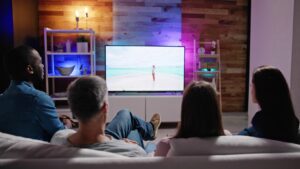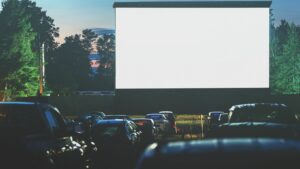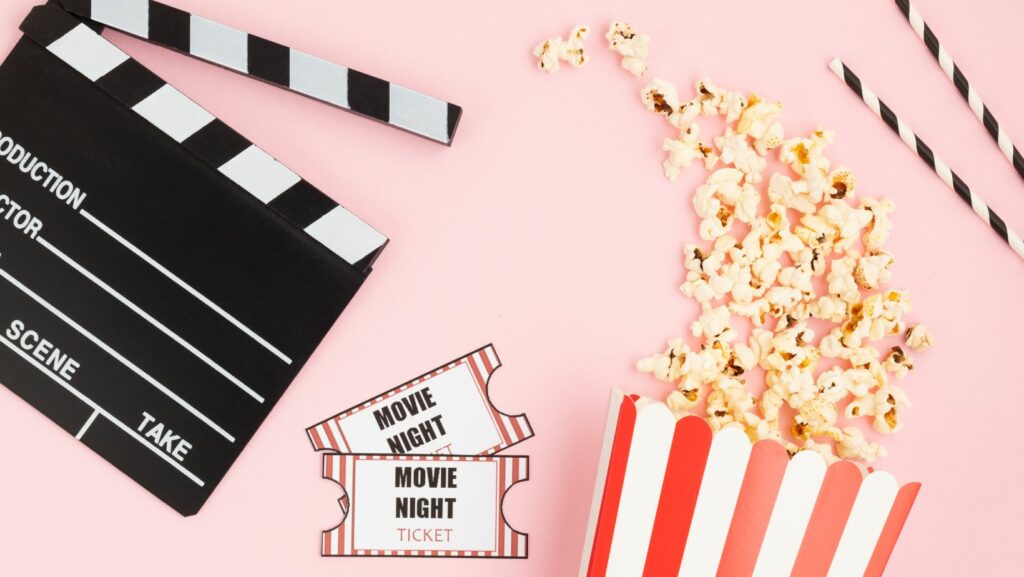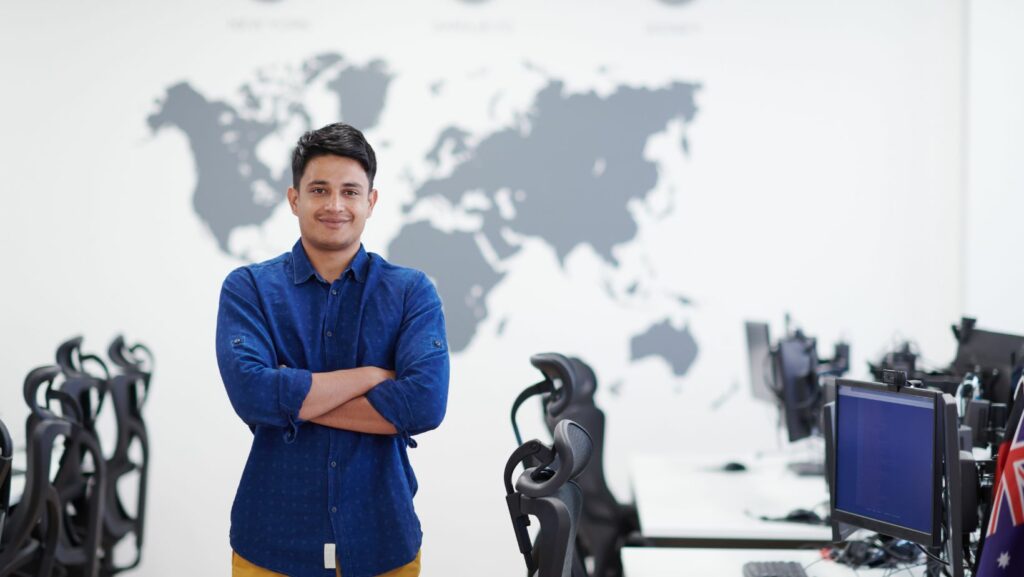Diving back into the heartwarming and often hilarious enclave of Calvin Palmer’s Chicago barbershop, Barbershop 2: Back in Business offers a slice-of-life comedy that resonates with vibrant characters and spirited banter. Released in 2004, this sequel to the original “Barbershop” film not only brings back fan-favorite characters but also introduces new dynamics and challenges that keep viewers glued to their screens.
As the neighborhood around them undergoes changes, Calvin and his crew must deal with the implications of gentrification while striving to maintain the shop’s status as a community staple.
Watch Barbershop 2: Back in Business
Plot Summary
Barbershop 2: Back in Business continues the story of Calvin Palmer, Jr. as he navigates the ups and downs of running his family’s barbershop in South Chicago. Amidst the looming threat of modernization and gentrification, Calvin and his eclectic team of barbers confront personal and community changes. This sequel introduces a new competitor, a flashy franchise called Nappy Cutz, that threatens the very essence and survival of Calvin’s barbershop. It skillfully mixes humor and drama, reflecting on the impacts of urban redevelopment on small businesses. The plot thickens as Calvin rallies the community to retain the neighborhood’s spirit and authenticity.
Key Characters and Cast
 The charm of Barbershop 2: Back in Business lies in its colorful ensemble of characters who bring warmth and depth to the story.
The charm of Barbershop 2: Back in Business lies in its colorful ensemble of characters who bring warmth and depth to the story.
-
Calvin Palmer, Jr., portrayed by Ice Cube, stands at the center once again as the barbershop owner grappling with change while keeping his father’s legacy alive.
-
Eddie, represented by Cedric the Entertainer, provides the comedic backbone of the movie with his witty banter and deep-seated love for the community.
-
Terri Jones, played by Eve, and Ricky Nash, portrayed by Michael Ealy, return with their own subplots that intertwine with the main storyline, enriching the narrative fabric of the movie.
-
Newcomer Gina, played by Queen Latifah, introduces a refreshing dynamic with her own adjacent hairstyling business, expanding the horizon of the barbershop universe.
Each character contributes uniquely to the film’s exploration of community and resilience, making Barbershop 2: Back in Business a memorable watch.
Assessing the Direction and Production
Style and Cinematic Techniques
 Barbershop 2: Back in Business leverages unique cinematic techniques to enhance the viewer’s experience. The director, Kevin Rodney Sullivan, employs a blend of close-ups and wide-angle shots that emphasize the intimate, community-focused nature of the barbershop while capturing the bustling urban backdrop of South Chicago. Lighting plays a crucial role, with warm tones used inside Calvin’s barbershop to create a sense of welcoming and familiarity, contrasting sharply with the harsher, cooler lighting of the gentrifying elements like Nappy Cutz.
Barbershop 2: Back in Business leverages unique cinematic techniques to enhance the viewer’s experience. The director, Kevin Rodney Sullivan, employs a blend of close-ups and wide-angle shots that emphasize the intimate, community-focused nature of the barbershop while capturing the bustling urban backdrop of South Chicago. Lighting plays a crucial role, with warm tones used inside Calvin’s barbershop to create a sense of welcoming and familiarity, contrasting sharply with the harsher, cooler lighting of the gentrifying elements like Nappy Cutz.
The film’s pacing reflects the rhythmic buzz of barbershop conversations, transitioning smoothly between comedic and serious tones to maintain engagement without losing the underlying messages about community and resilience. The soundtrack, an amalgamation of contemporary and classic tracks, not only complements the scenes but also serves as a nod to the cultural roots and current realities of the setting.
Differences from the Original Barbershop Movie
 Comparing Barbershop 2: Back in Business with its predecessor, several key differences in direction and production become apparent. Firstly, the sequel expands significantly on the visual storytelling aspect, introducing more dynamic and varied shot compositions that reflect the growing complexities of the characters’ lives. This visual evolution signals a deeper exploration of themes like gentrification and rivalry, which were only touched upon in the first film.
Comparing Barbershop 2: Back in Business with its predecessor, several key differences in direction and production become apparent. Firstly, the sequel expands significantly on the visual storytelling aspect, introducing more dynamic and varied shot compositions that reflect the growing complexities of the characters’ lives. This visual evolution signals a deeper exploration of themes like gentrification and rivalry, which were only touched upon in the first film.
Moreover, the sequel benefits from a refined script that weaves character development more seamlessly into the main plot. Characters who played supporting roles in the first movie are given more prominence and their backstories, enriching the narrative fabric of the sequel.
Cultural and Social Impact
Barbershop 2: Back in Business significantly impacts cultural and social dialogue by showcasing diverse perspectives within a Chicago community. The film illuminates issues of gentrification and the preservation of cultural heritage, resonating with urban communities worldwide. Dialogues and scenes act as mirrors, reflecting societal issues around community bonds, economic shifts, and racial dynamics. The inclusion of real-world challenges in the narrative provides a platform for discussion and understanding, promoting empathy and cultural awareness among viewers.



